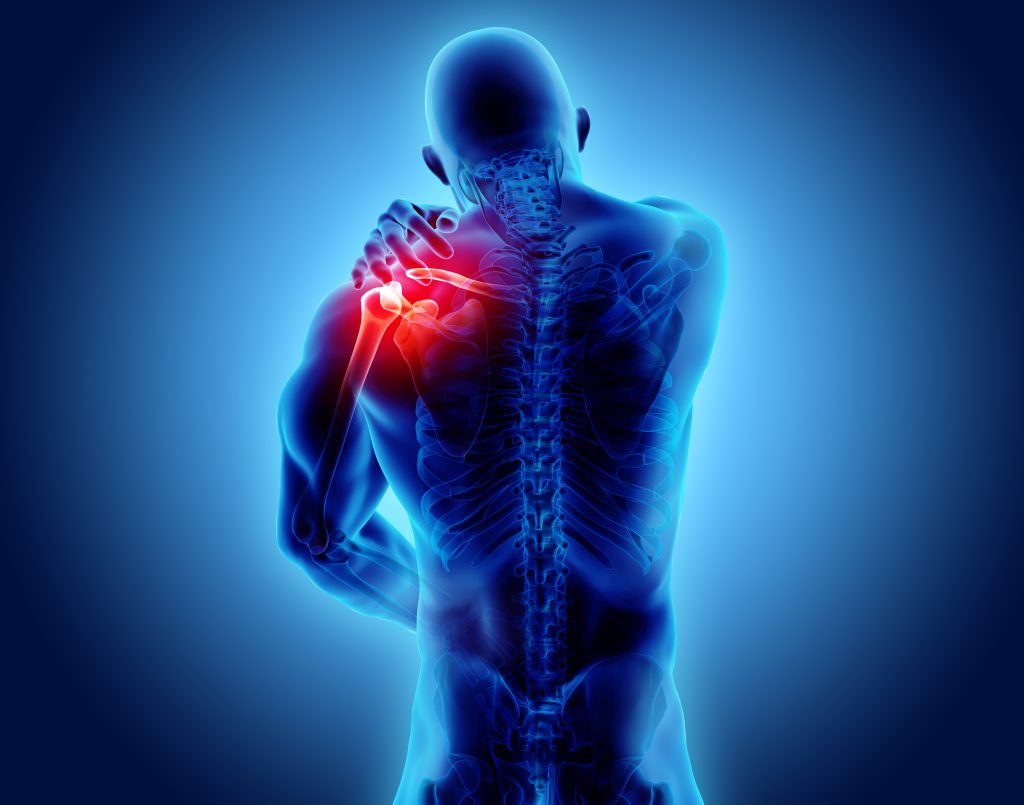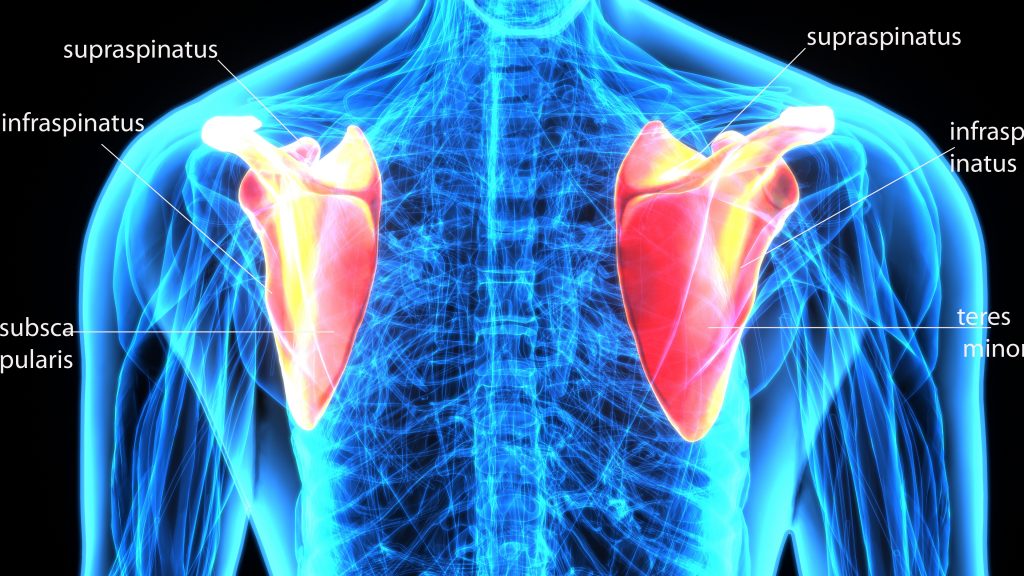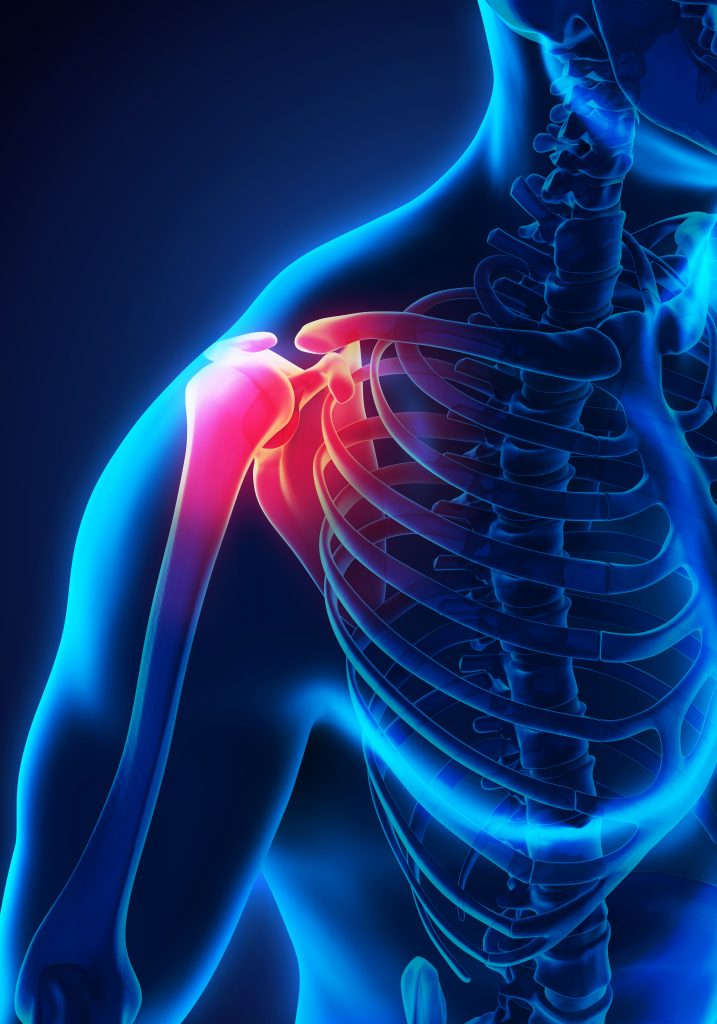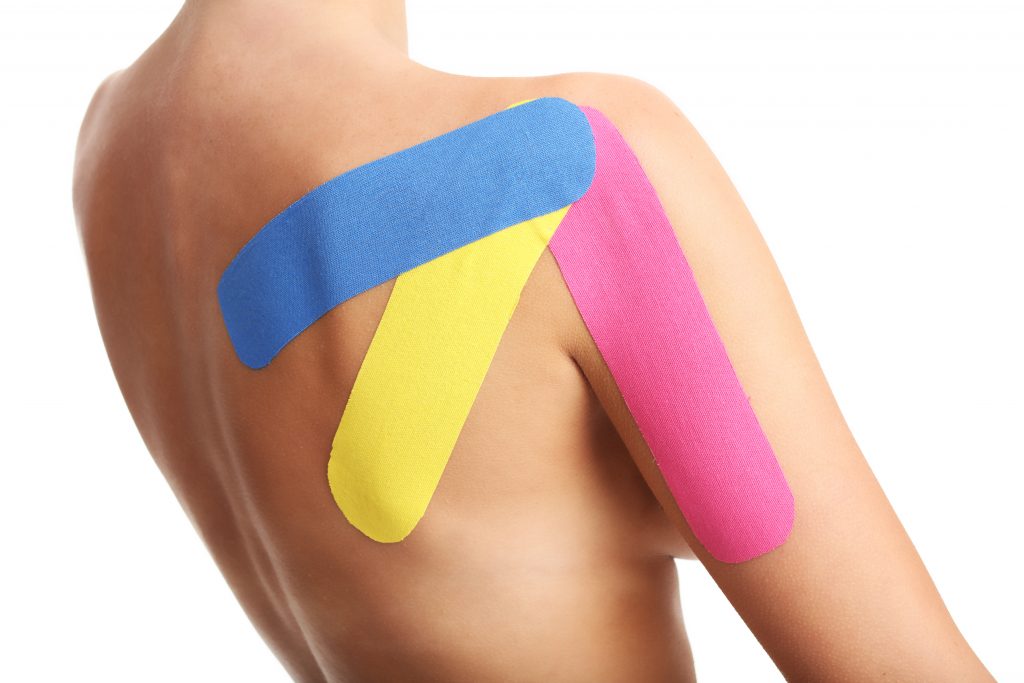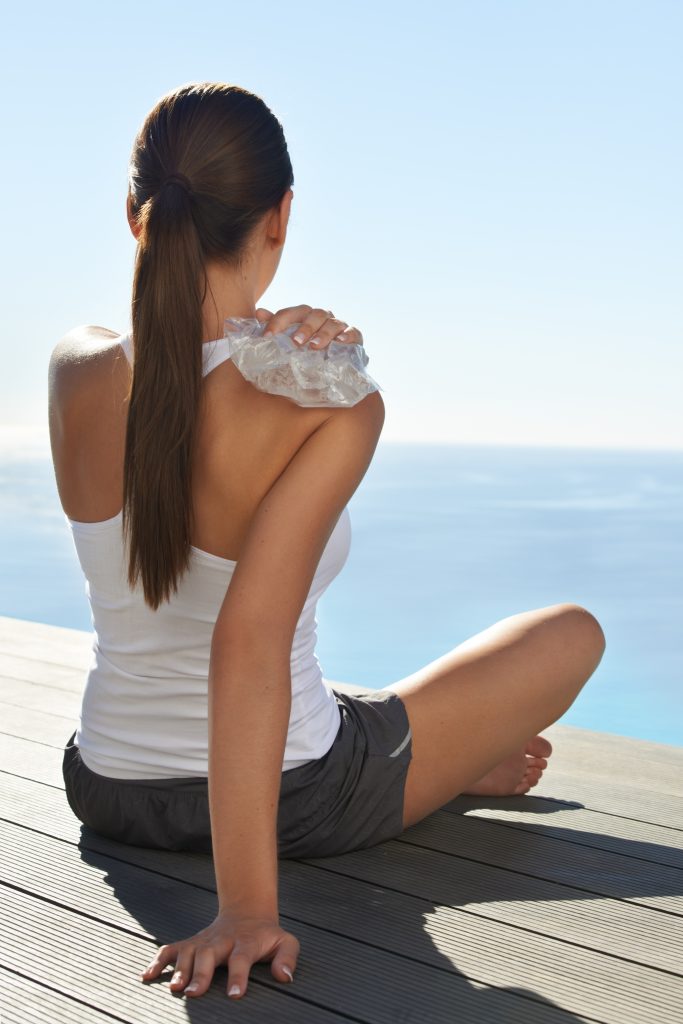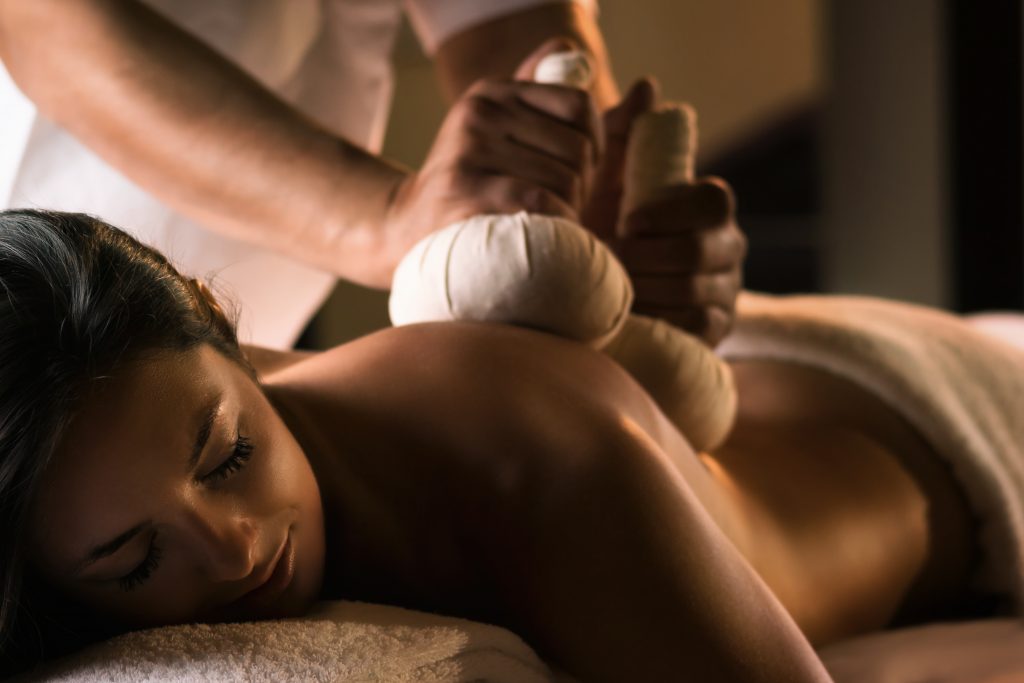Today is mega exciting as I’m covering the rotator cuff, acute and chronic injuries, and injury prevention and treatment.
Many injuries can crop up from training, such as strains and sprains, nerve irritation, ligament ruptures, and even full-thickness tears can all occur in the gym. A lot of these injuries tend to arise from overtraining or attempting to lift too heavy, especially rotator cuff injuries. That is why it is essential to train correctly and know how to recognise an injury.
When lifting with poor technique, you’ll likely recruit smaller muscles to assist the lift, which cant handle the greater workload.
The Rotator Cuff
There are four muscles in the rotator cuff:
- Supraspinatus
- Infraspinatus
- Teres minor
- Subscapularis
The rotator cuff muscles work together to help stabilise the shoulder. They all attach to different parts of the upper portion of your arm, also known as the humerus.
Rotator cuff injuries are nasty, long-winded and can be very debilitating! We can obtain rotator cuff injuries in various ways. One of the most common ways is through trauma such as falling on an outstretched arm, or weightlifting incorrectly.
Possible Injuries to the Rotator Cuff
- Strain or sprain
- Tear
- Rupture
- Tendinopathy (the most common)
A complete tear in the rotator cuff is possible, and will usually require surgery
Tendinopathy is where the tendon becomes inflamed or irritated and symptoms are a dull achy pain. This type of injury often arises from overuse or making repetitive overhead motions, which can be made worse with overhead reaching (end limits of flexion), abduction of the arm and internal rotation or when placing your hand behind your back. So ladies if your struggling to do up your bras this could be an indication that something is going on with your cuff. In comparison to a traumatic tear to your shoulder tendinopathy usually will present with a much more gradual onset.
How to Avoid Rotator Cuff Injuries
Familiarise yourself with each exercise and correct technique. Ask yourself, are you targeting the muscles that you want to train? Do you feel pain during these exercises? And when we talk about ‘pain’, I’m not talking about the muscle burn you feel as you come to the end of a set but are you experiencing pain throughout the whole set of exercises.
- If you are in pain, then that’s a key indicator that you shouldn’t be doing that exercise or that you’re doing the exercise incorrectly.
- Video yourself. Videoing yourself while completing sets will help you to identify and technique errors; if you’re unsure of what the correct technique is, check out Shredify’s exercise library.
If you’re unable to keep a neutral spine while shoulder pressing, chances are you are trying to lift too much weight, or your body isn’t familiar with the technique.
It is more beneficial to perform an exercise properly with low weight than rep out heavy sets with poor technique and posture.
The Difference Between the Acute and Chronic Stage of Injury
Acute Injuries
Acute injuries are often linked with trauma and present themselves suddenly in the form of pain. This pain could be as a result of a sprain/strain when lifting something heavy.
- A sprain is an injury that occurs from the ligament
- A strain is an injury to the tendon or muscle
What we notice most with acute injuries is that there will be a sudden onset of pain with some inflammation of the area. Others symptoms are losing the ability to lift any weight through the shoulder area and decreased range of movement.
The simple guide to treating an acute injury is using the analogy ‘PRICE’.
- Protection- Protect the limb you have injured; this could be using something such as a brace. You should also remove yourself from any situation that may put you at risk of damaging yourself further
- Rest- Rest the injury to allow time for repair
- Ice- Use ice on the injured area for approximately 20 minutes. Do not apply the ice directly to the skin and do not use ice if you are known to have any circulatory problems
- Compression- A compression bandage can help to reduce swelling
- Elevation- Keeping the limb elevated helps reduce inflammation and promotes blood flow
Chronic Injuries
Chronic injuries are long-lasting and persistent and usually occur after an acute injury which has not been treated correctly. An acute injury, therefore, turns into a chronic injury.
Chronic injuries can be a pain to overcome, excuse the pun; which are usually known as an overuse injury. These can often happen with sports that involve repetitive movements such as swimming or cricket. They can also occur in people that spend lots of time at a desk doing repetitive movements such as typing.
You can often see inflammation with these types of injuries, and the pain you experience will tend to last for vast amounts of time. The chronic injuries tend to happen frequently in sports due to people trying to push through the pain; this then tends to exacerbate damage until the injury becomes chronic, and they can no longer train.
With chronic injuries, it’s always recommended to see a physiotherapist who can then help provide a treatment plan for you and strap the rotator cuff if needed.
Rotator Cuff Injury Treatments
I think one of the hardest things to accept with a rotator cuff injury is that you need to rest, to recover.
There is no point in pushing through pain in the hope that an injury goes away. If you do, you’re likely to exacerbate an injury and make it chronic, then before you know it you’re stuck with a repetitive painful injury that won’t shift.
Hot and cold therapy can be used to treat injuries, as a general rule, cold therapy reduces swelling and inflammation while heat promotes recovery by helping bring nutrients and oxygen to the area.
Cold Therapy
Cold therapy such as ice is excellent for treating inflammation and pain in the rotator cuff. Use a medium between the ice and skin to prevent ice burns.
When we use ice therapy to treat damaged tissue, the immune system responds by sending macrophages (specialised cells) to help aid the repair. These macrophages then release something called insulin-like growth factor (a hormone) which then helps rebuild and heal those affected tissues. Ice also helps blood vessels to constrict which helps reduce the inflammation.
Heat Therapy
If your shoulder is feeling super stiff and you want to encourage some gentle movement, you can use heat therapy for relief to a rotator cuff injury. Use either a heat pack or a hot massage treatment, then after, gently start to move the shoulder.
Applying heat on muscles dilates the blood vessels, making them bigger allowing the flow of oxygen and other nutrients through the blood to access the damaged tissue.
Before using ice or heat treatment, consult a GP, especially if you have any circulatory or heart problems as they can affect the use of ice and heat. Ice will help bring out the bruising, which is the body’s natural healing process.
Once out of the acute stage of injury, you can aim to increase strength and mobility in the shoulder through the correct exercise application. Kinetic chain exercises, isometric exercises and working on correct technique are key to helping keep pain to a minimum.
Pain Relief Options
Joint Pain Relief Gel
You can use joint pain relief gel in the morning and evening. Joint pain relief gel reduces inflammation with the active ingredient ‘diclofenac’.
I like joint pain relief gel as its long lasting but also the texture of the cream is lovely. It’s not greasy and doesn’t have a powerful smell, and I also find that the gel doesn’t stain your clothes.
Heat Spray
Heat spray is something I use frequently to help reduce pain. It has pain relieving elements plus heat therapy, the main two treatments I like to use when in pain. Heat spray is very cost effective in comparison to joint pain relief gel.
Thanks for Reading Guys!
Please look after yourself, and make the most of my useful tips, as they will help prevent rotator cuff injury and keep you progressing rather than regressing with your training. Most importantly listen to your body; if your body is in pain, please rest it.
You’ll thank me when you’re in your 80’s still hitting a 50kg shoulder press 😉
Love and Health HP
